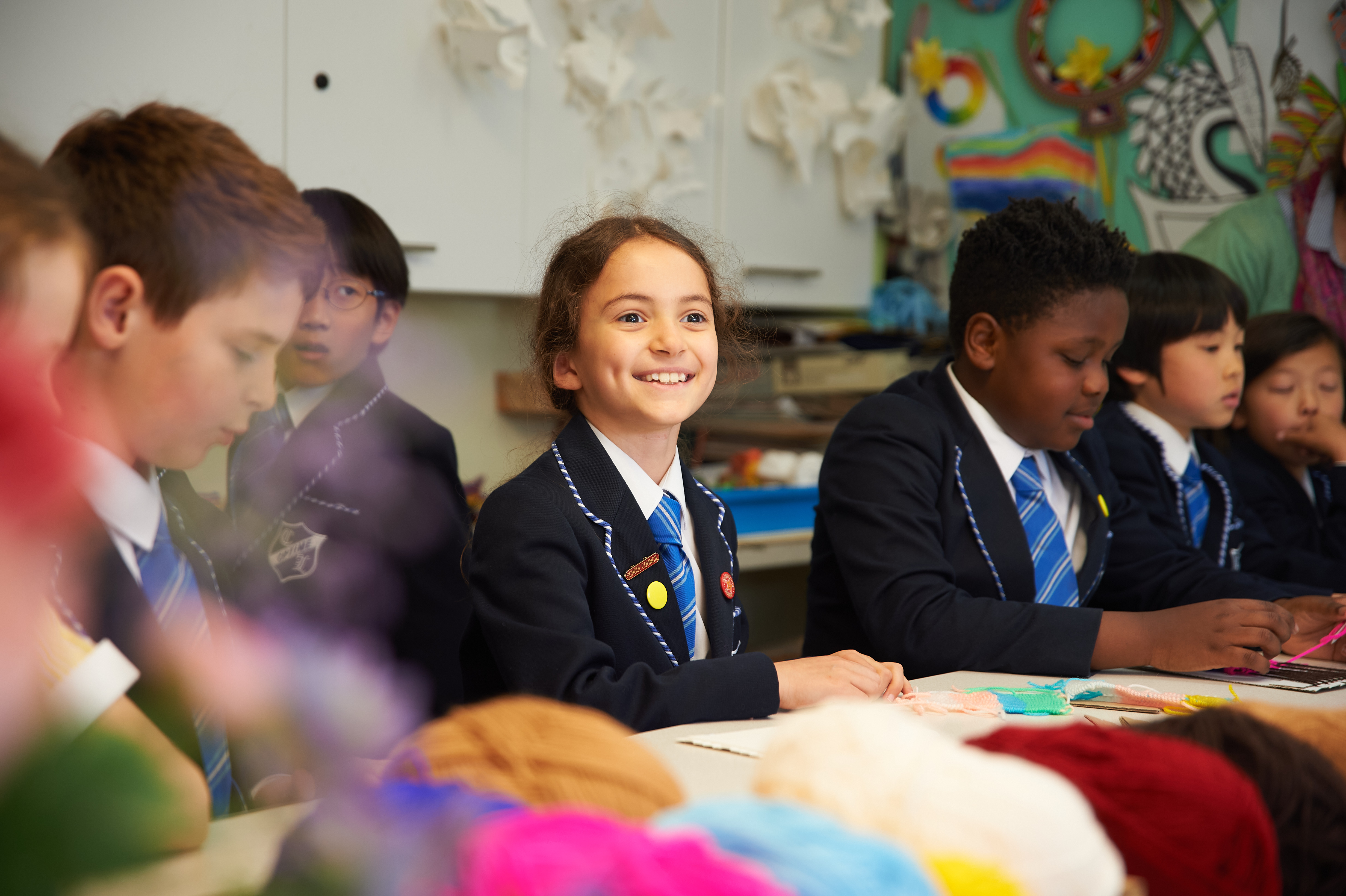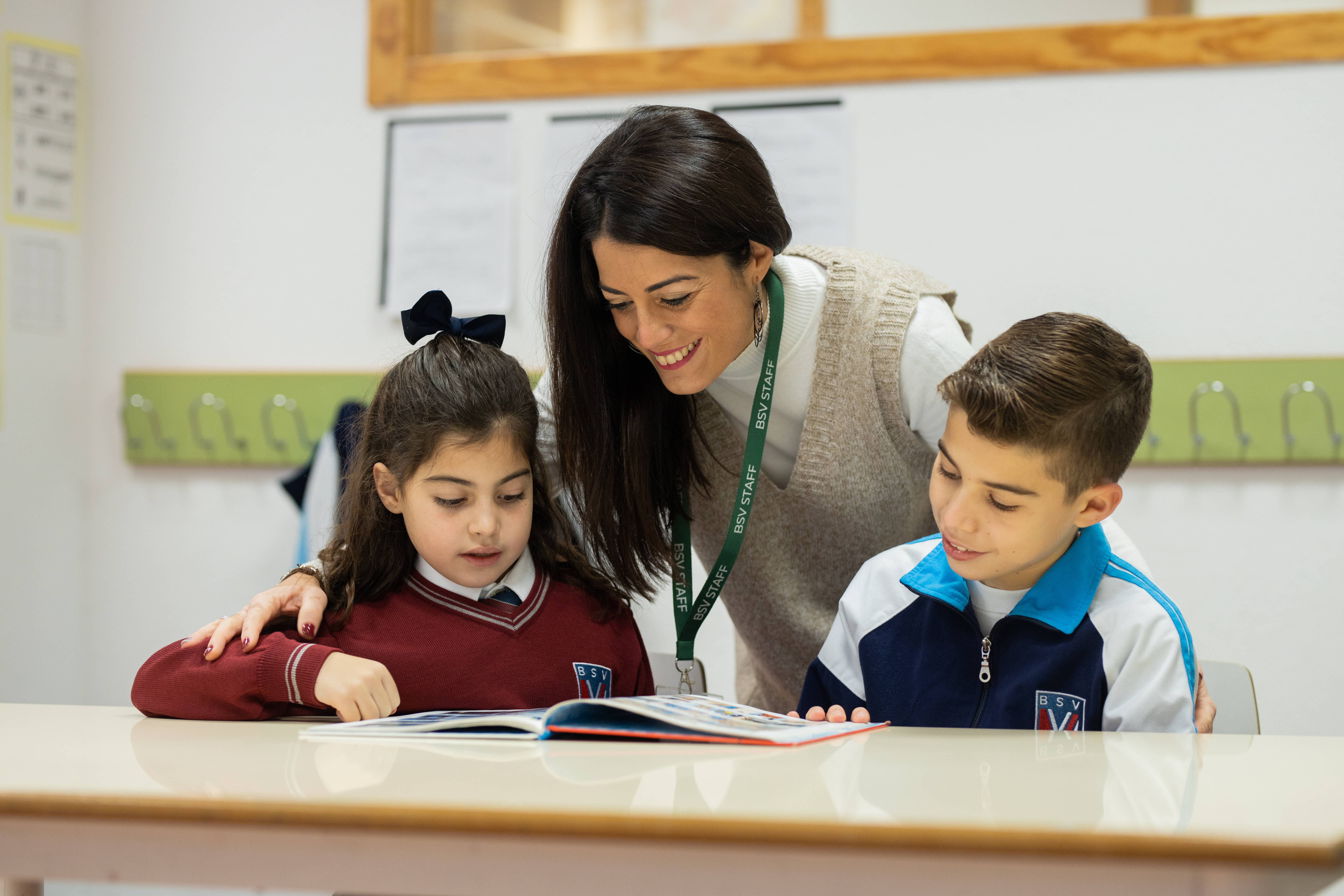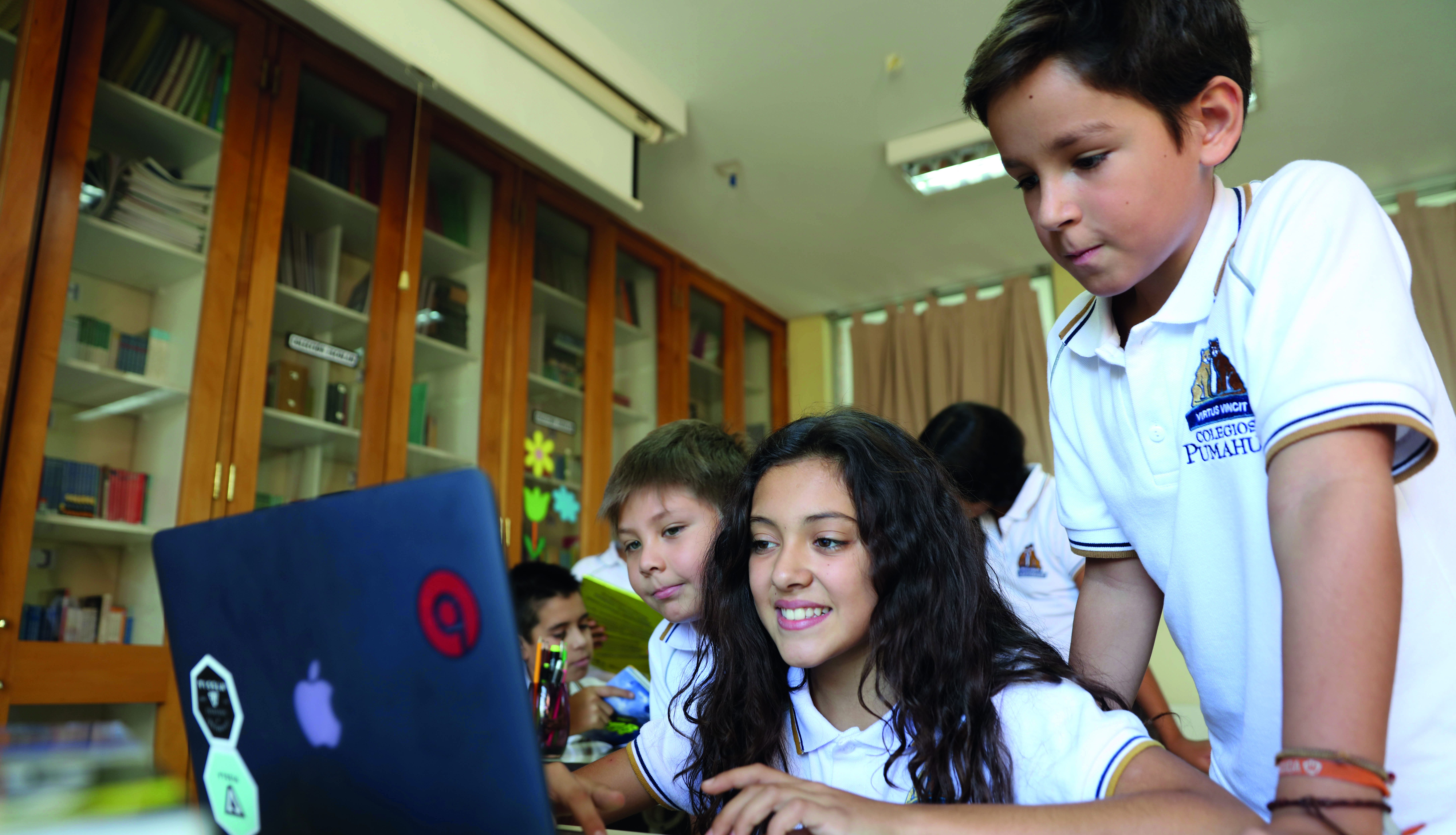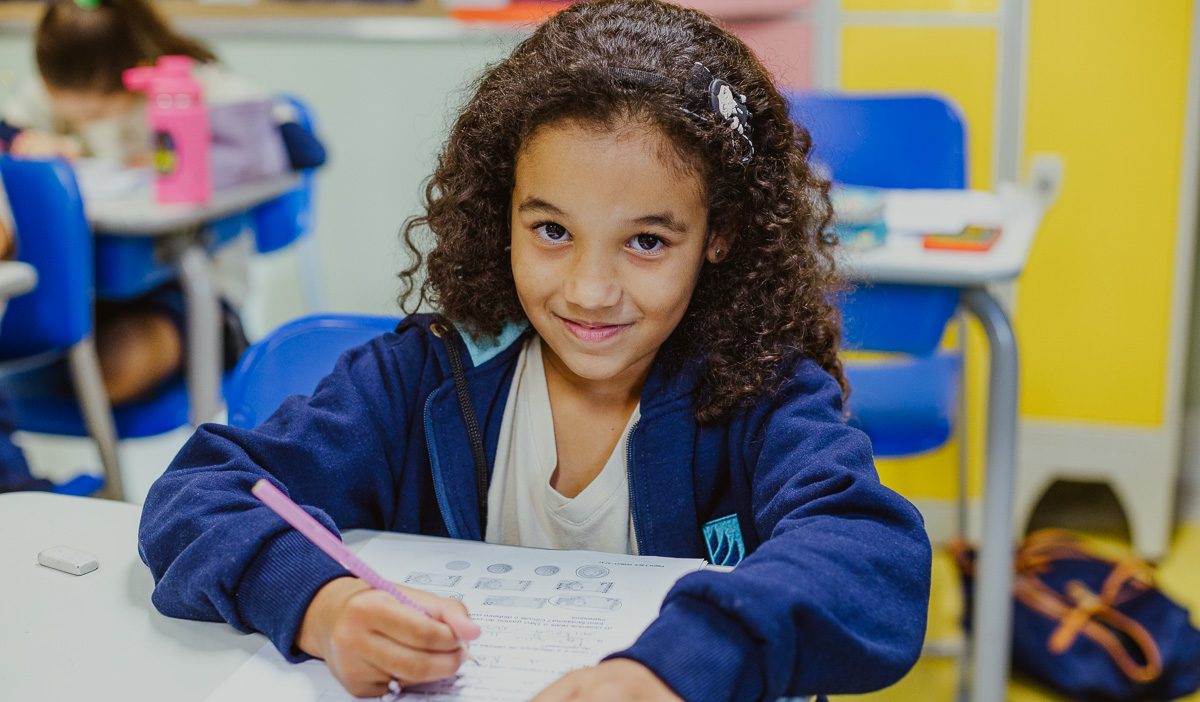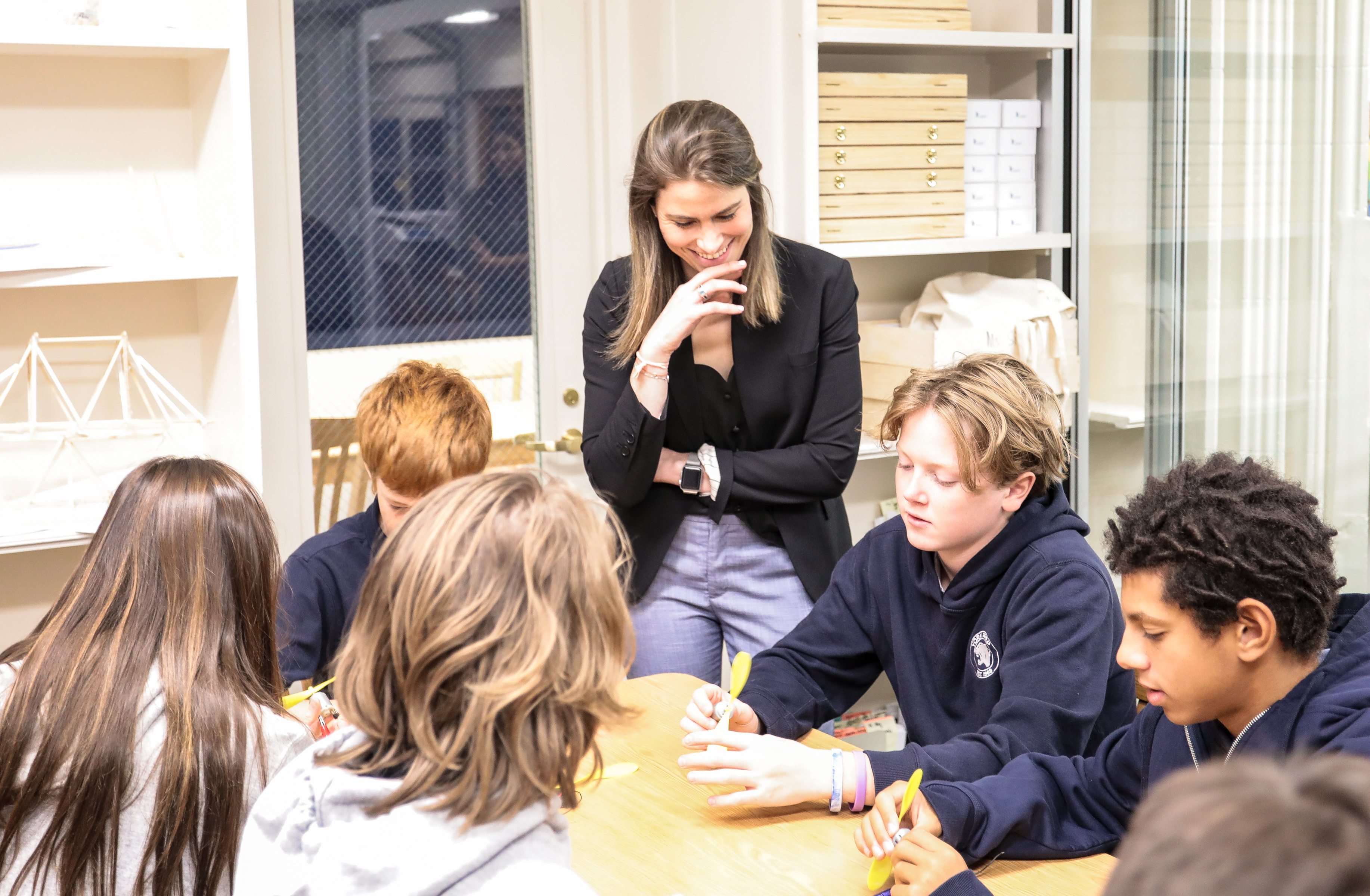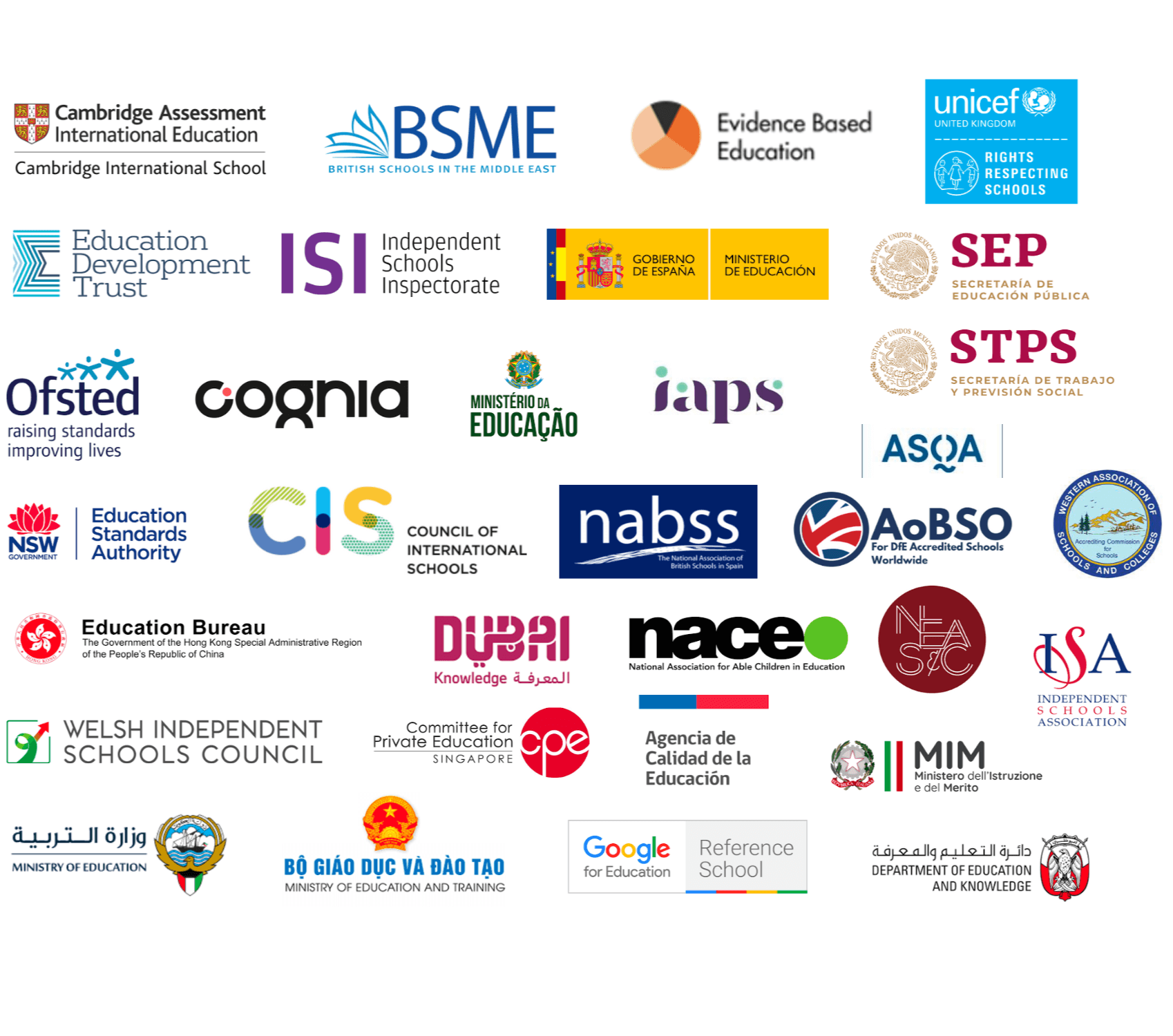Our definition of excellence
Our schools around the world are all individual. But they share one common characteristic: excellence. What do we mean by that? Grades are absolutely part of it. If you know one thing about us, it’s that we deliver academic results.
But grades only form part of the picture.
We believe in all-round excellence. And all-round students. We use evidence-based teaching practices and rich learning experiences to develop our learners socially and emotionally as well as cognitively. So they’ll develop a positive attitude that helps them not just to survive, but to thrive.
To open that door? Cognita is the key.
We don't just talk the talk
We get results. We're proud that our students across the world consistently achieve excellent grades as you can see from our 2024 highlights below.
But it's not just about results. We're getting our students ready for life.
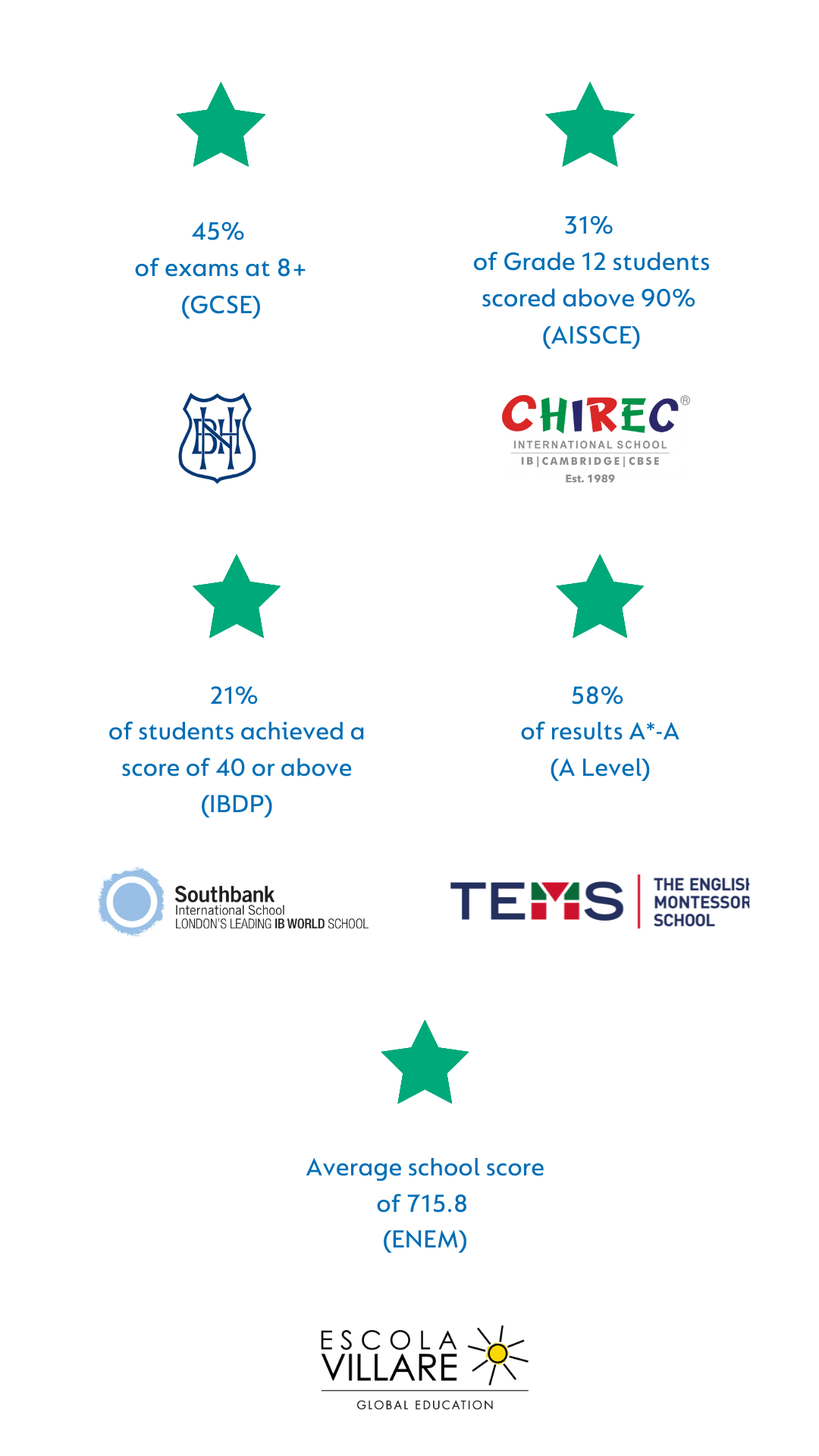
University destinations
Our students progress to over half of the world's top universities, including:
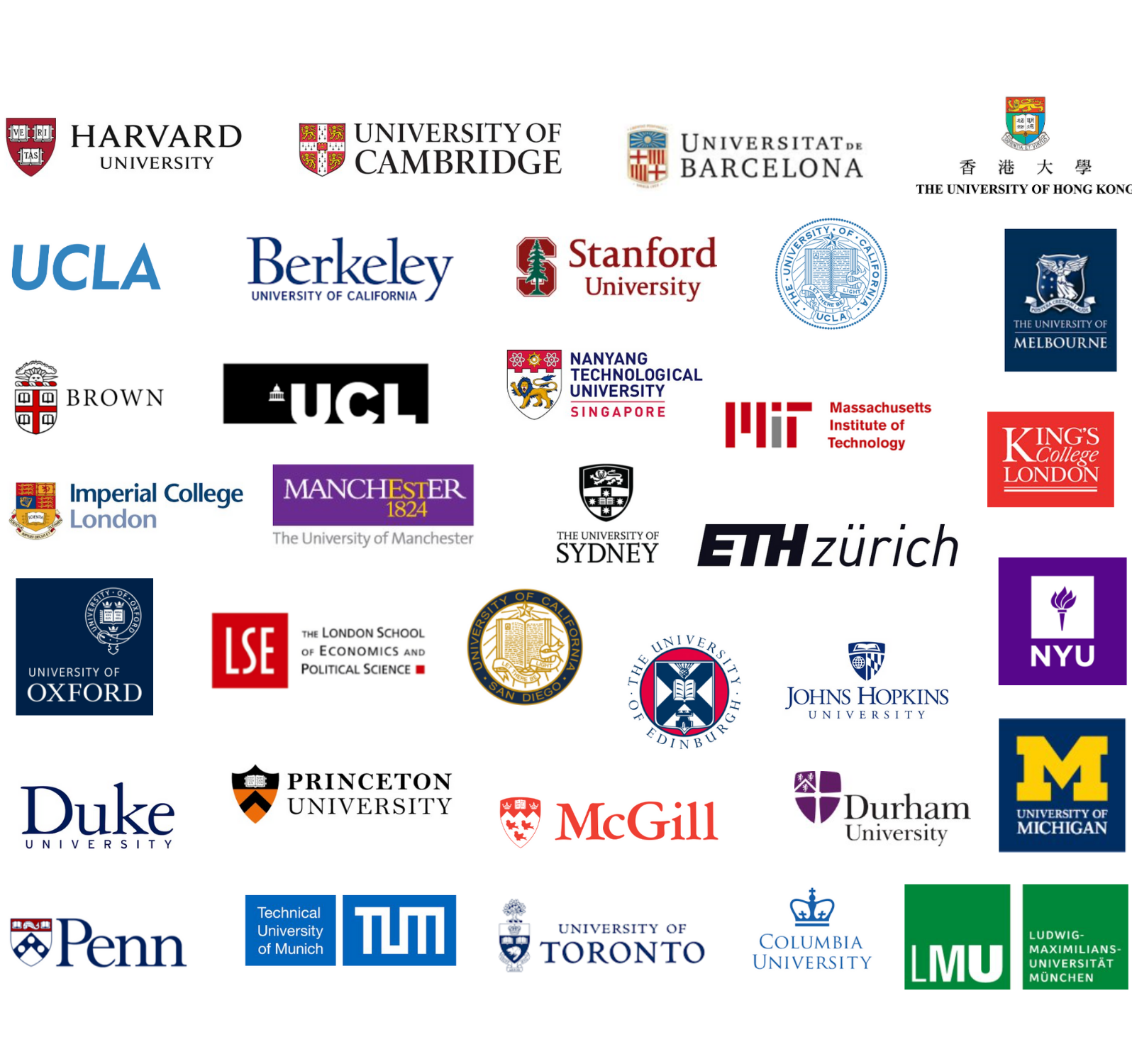
Our curricula
We teach 13 different curricula across over 100 schools, including:


